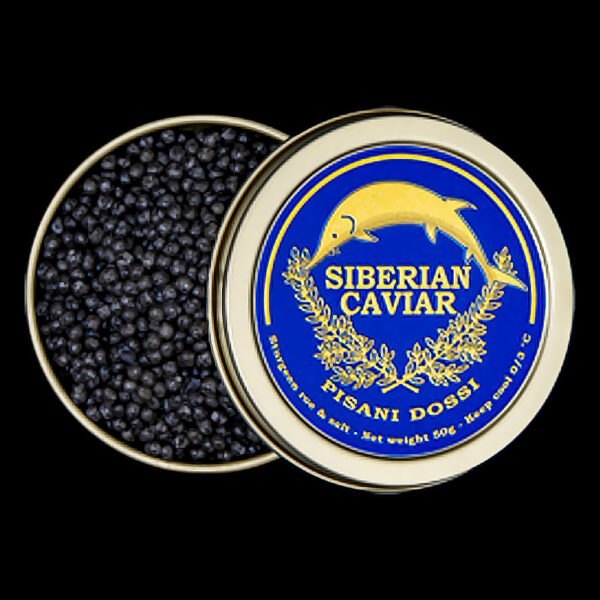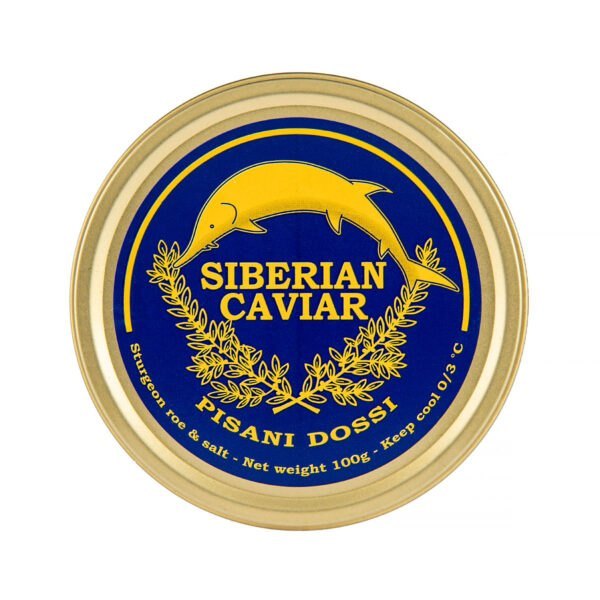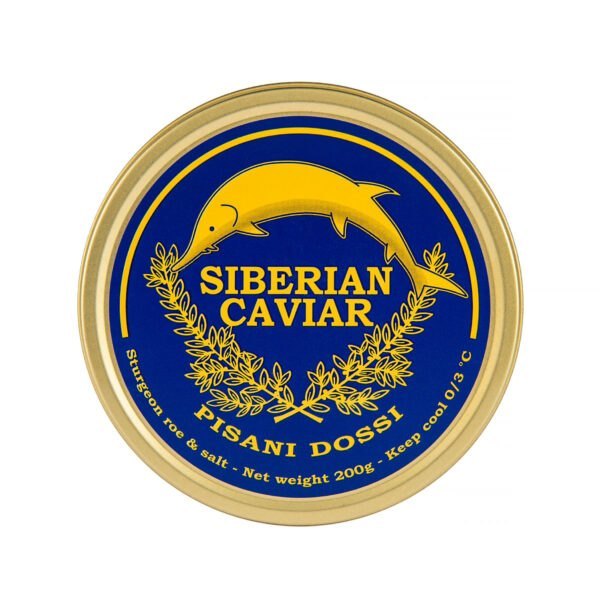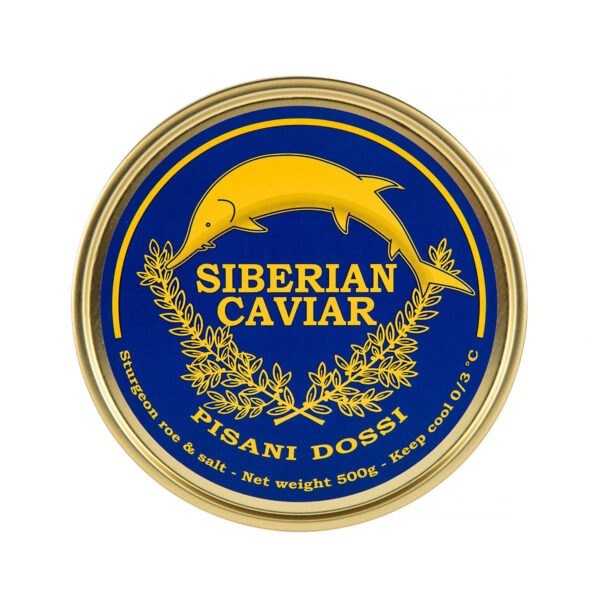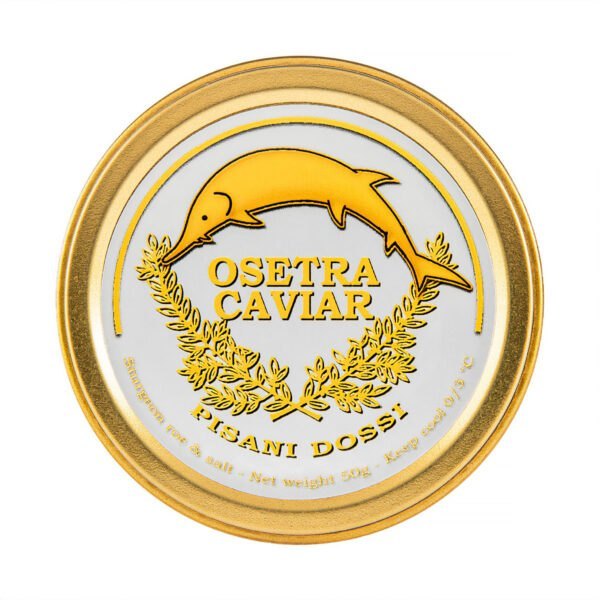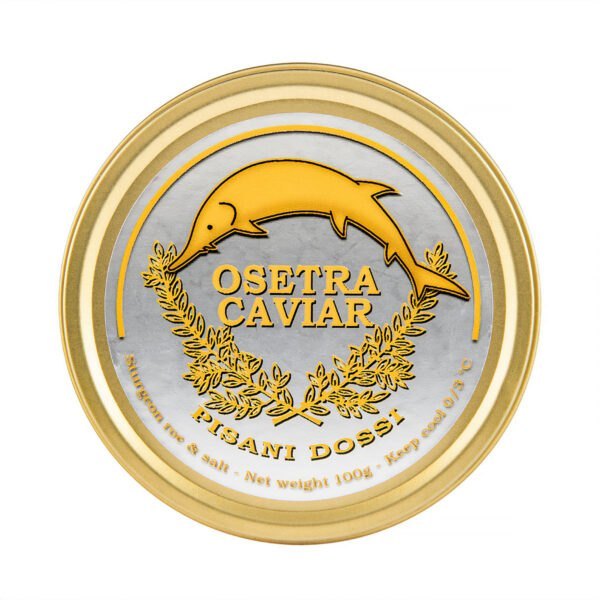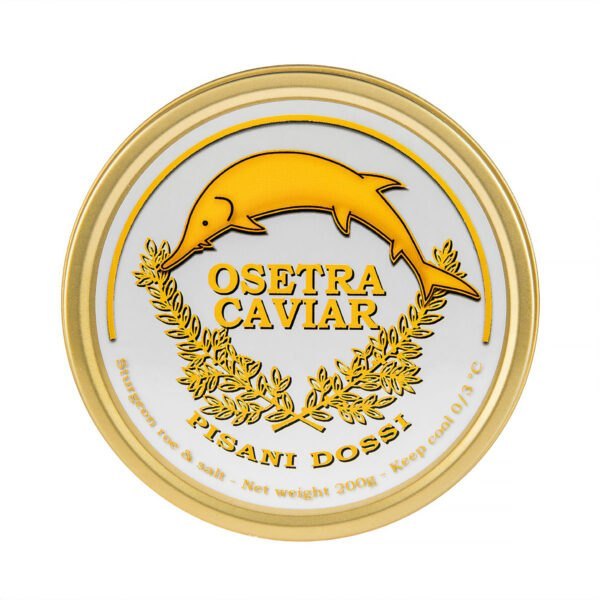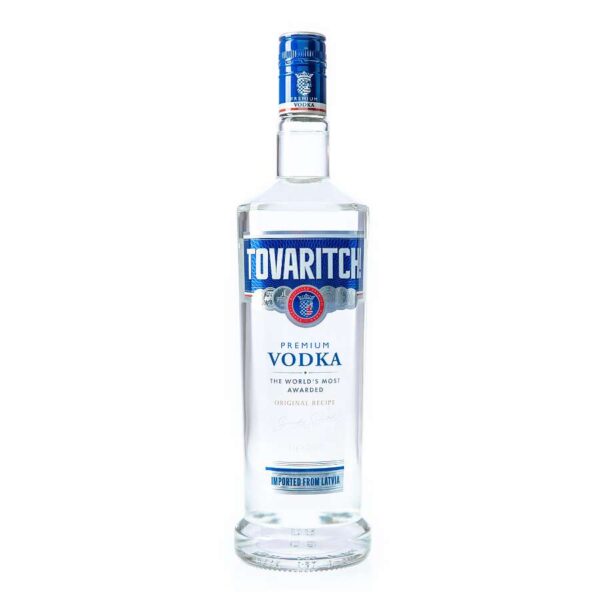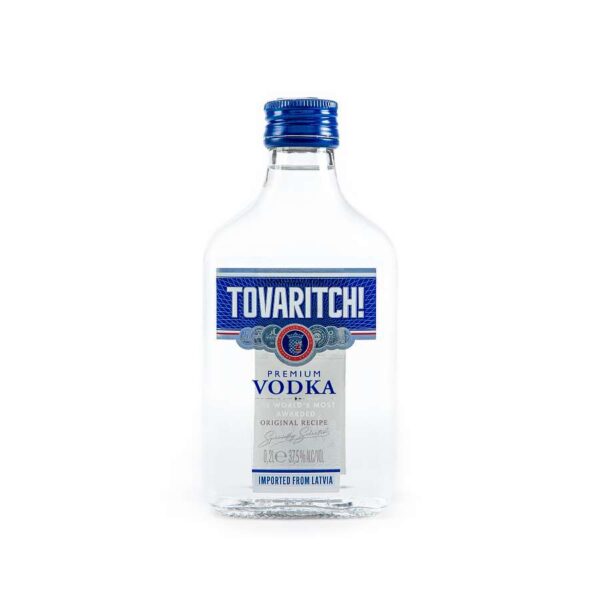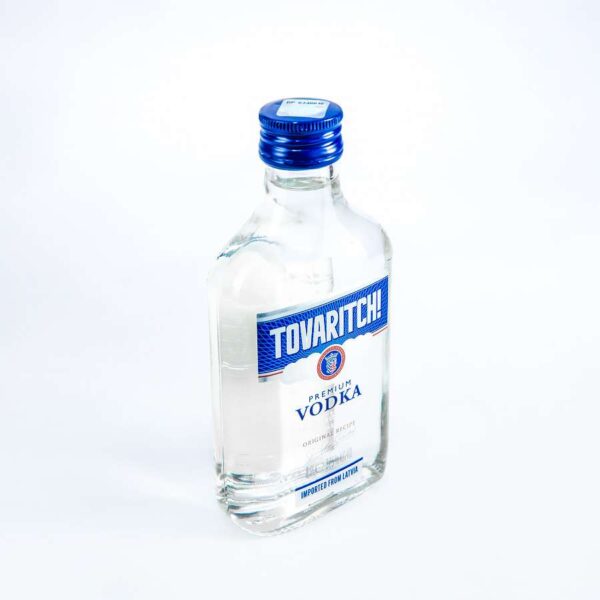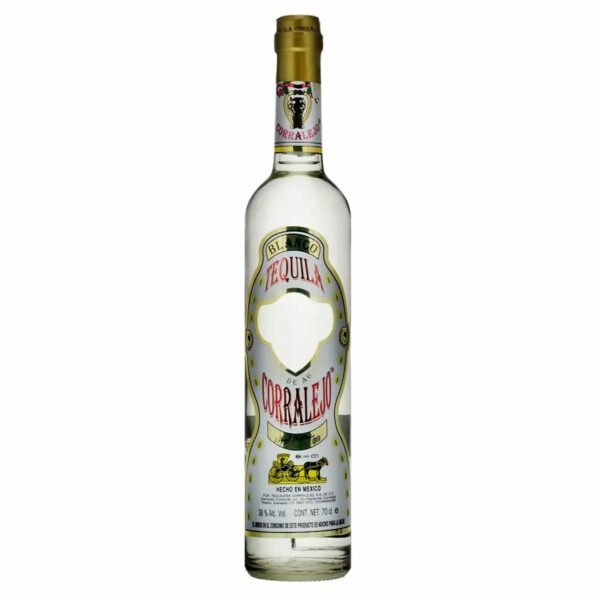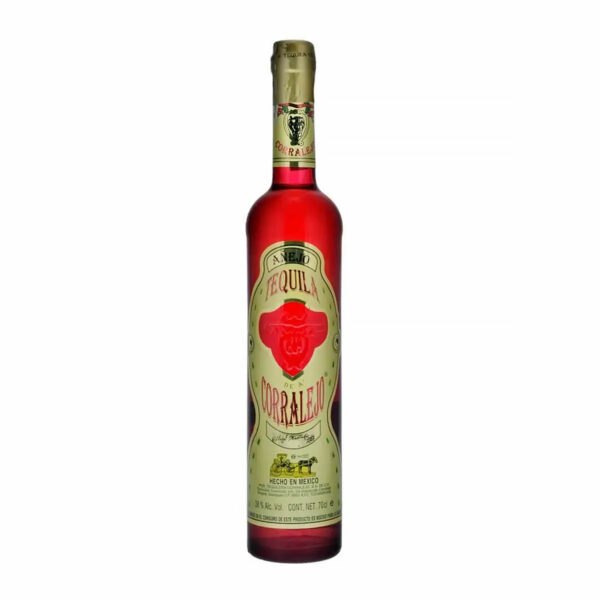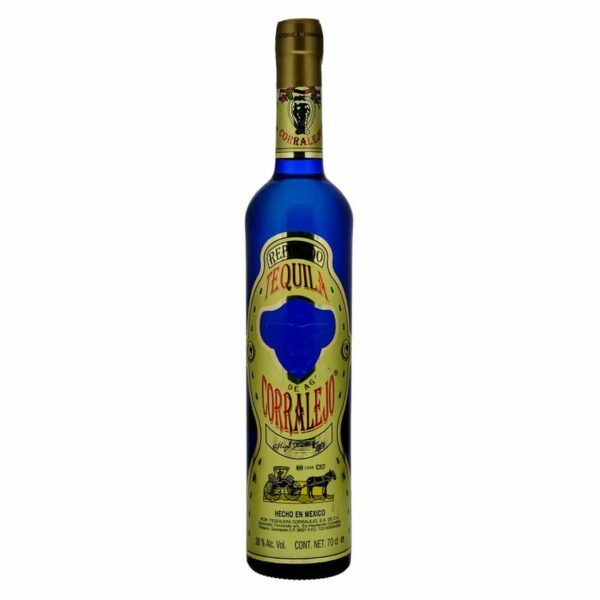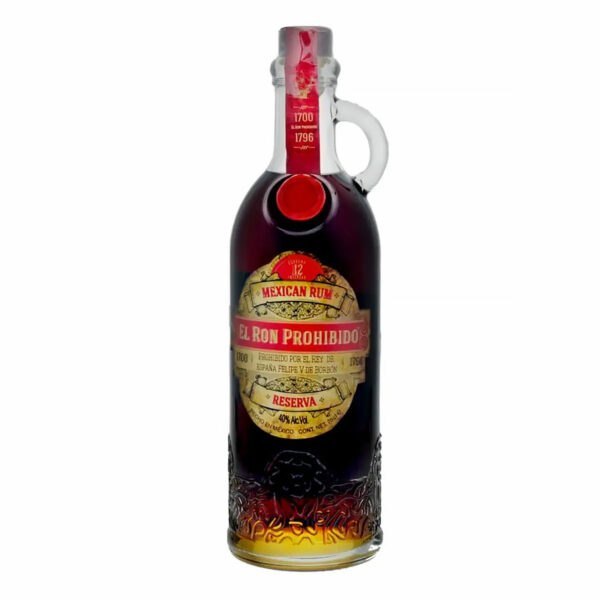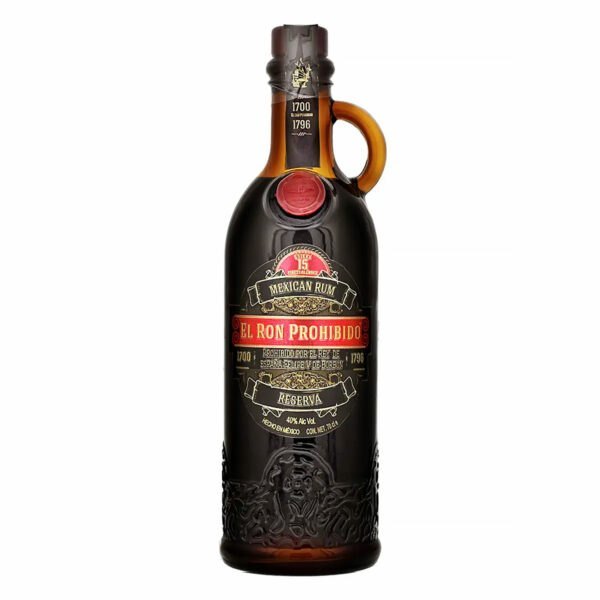Black caviar stands as one of the most sought-after delicacies in the world. Finding top quality black caviar takes skill and knowledge. The market offers many options, from authentic sturgeon caviar to imitations that fall short in taste and texture. Telling the difference between real and fake caviar matters for anyone wanting to enjoy this luxury food.
Quality black caviar comes from sturgeon fish, with each variety offering unique flavours and textures. The eggs should look uniform, feel firm yet tender, and burst gently in the mouth. Good caviar has a mild ocean scent rather than a strong fishy smell.
Shopping for black caviar can feel tricky without knowing what to look for. Price alone doesn’t always signal quality. Many factors affect caviar quality – from the sturgeon species and age to how the eggs were harvested and stored.
This guide breaks down the key signs of high-quality black caviar. Learn about visual cues, texture differences, taste profiles, and simple tests to check authenticity. Whether buying caviar for a special occasion or personal treat, these tips will help spot the best caviar and avoid costly mistakes. The right knowledge turns caviar shopping from confusing to rewarding.
The visual cues of authentic sturgeon caviar
Authentic sturgeon caviar shows clear visual signs of quality that help buyers make smart choices. Learning these visual markers makes spotting real caviar much easier.
Appearance and colour
Quality sturgeon caviar has a distinct look that sets it apart from fakes. The eggs should appear glossy with a natural sheen that reflects light. This shine signals freshness and proper storage. Each egg should look whole and unbroken, with no signs of mushiness or damage.
The colour of sturgeon caviar ranges from silver-black to grey-amber or even gold, depending on the sturgeon species. Beluga caviar tends toward light grey with a slight blue tint, while Osetra shows brown to golden hues. Siberian sturgeon caviar typically has darker grey to black pearls.
Interesting fact: The lighter the caviar colour, the higher its value in the market. Golden caviar, which comes from older sturgeon, ranks among the most prized and costly varieties.
Consistency and separation
High-quality caviar shows clear separation between eggs. The pearls should not stick together in clumps or appear runny. When placed on a spoon, quality caviar holds its shape without excess liquid pooling around it.
The consistency should be uniform throughout the container. Any signs of mushiness or broken eggs suggest poor handling or storage. Fresh caviar has firm eggs that maintain their round shape when gently pressed.
Container and packaging
The packaging offers clues about caviar quality. Premium caviar comes in glass jars or tin containers that protect the delicate eggs. Glass containers let buyers see the caviar before purchase, making visual assessment easier.
Check the label for key details:
- The sturgeon species name
- Country of origin
- Production date and expiry date
- Whether the caviar is pasteurized or fresh
Authentic caviar containers have clear, detailed labels with this information. The date stamp on tin containers should appear raised or embossed, not printed with ink or stamped inward, which might signal a fake product.
Signs of poor quality
Several visual warning signs suggest lower quality or fake caviar:
- Uniform, artificially bright colour (especially vibrant blue)
- Excessive liquid in the container
- Mushy or broken eggs
- Plaque or film on the surface
- Too-perfect uniformity in size and colour
These signs often indicate artificial caviar or poor handling of real caviar. Quality sturgeon caviar shows slight natural variations in egg size and colour, reflecting its authentic origin.
Understanding the importance of egg size and uniformity
Egg size and uniformity play crucial roles in determining caviar quality. These features affect both the taste experience and market value of black caviar.
The relationship between sturgeon age and egg size
Sturgeon age directly affects egg size. Older sturgeon produce larger eggs with more complex flavours. Young sturgeon yield smaller eggs that may lack the full flavour profile found in mature specimens.
Premium caviar farms often wait extra years before harvesting eggs from sturgeon that have reached maturity. This patience results in larger, more flavourful eggs that command higher prices in the market.
The largest eggs come from Beluga sturgeon, measuring about 3-4 mm in diameter. Osetra eggs fall in the medium-large range, while Siberian sturgeon produces smaller eggs. Each size offers different texture and flavour release when eaten.
Why uniformity matters
Uniformity in caviar refers to consistency in egg size, colour, and texture throughout a batch. High-grade caviar shows remarkable uniformity, with each egg looking similar to the next.
This uniformity indicates careful selection and grading by caviar masters. Premium caviar undergoes rigorous sorting to ensure only eggs of similar size and quality make it into the final product.
Types of caviar grading by uniformity:
- Grade 1: Highly uniform eggs with consistent size, colour, and firmness
- Grade 2: Less uniform eggs with variations in size or appearance
Grade 1 caviar delivers a more consistent taste experience, with each bite offering the same flavour and texture profile. This consistency marks the difference between good and exceptional caviar.
The grading process
Caviar grading involves expert assessment of multiple factors, with egg size and uniformity ranking among the most important. Caviar masters examine each batch for:
- Size consistency
- Colour uniformity
- Firmness
- Membrane integrity
- Overall appearance
The highest grades go to batches with large, uniform eggs that show perfect separation and intact membranes. Lower grades contain smaller or less uniform eggs, though they may still taste good.
Interesting fact: Traditional caviar grading uses sieves with different mesh sizes to sort eggs by diameter. This centuries-old technique ensures precise size sorting for premium caviar.
Impact on taste and texture
Egg size affects how caviar feels and tastes. Larger eggs burst more dramatically in the mouth, releasing more flavour. The membrane thickness varies with egg size, changing the popping sensation.
Uniformity ensures each bite delivers the same experience. When eggs vary greatly in size, the texture becomes unpredictable – some eggs might burst easily while others feel too firm.
The best caviar offers a consistent mouth-feel with eggs that pop gently, releasing their flavour without being too soft or too firm. This perfect texture comes from careful selection of uniform eggs.
Premium black caviar without preservatives at PremiumCaviar Shop
PremiumCaviar offers exceptional black caviar without artificial preservatives, focusing on natural quality and authentic taste. Their approach to caviar stands out in the luxury food market.
About PremiumCaviar
PremiumCaviar operates as a Swiss-based luxury food retailer specializing in high-quality caviar and complementary products. The company focuses on sustainable sourcing practices while maintaining traditional caviar production methods.
Their business model combines direct relationships with sturgeon farms and strict quality control standards. This approach ensures each tin of caviar meets their exacting requirements before reaching customers.
PremiumCaviar works with select sturgeon farms that follow sustainable aquaculture practices. These partnerships allow them to offer fresh, premium caviar while supporting responsible fishing methods that protect wild sturgeon populations.
Premium Siberian Sturgeon Black Caviar selection
The Siberian sturgeon (Acipenser baerii) caviar from PremiumCaviar features dark grey to black pearls with a clean, fresh taste. This caviar offers an excellent entry point for new caviar enthusiasts while satisfying experienced palates.
Siberian sturgeon caviar provides a balanced flavour profile with mild saltiness and subtle earthy notes. The eggs have a firm texture that pops pleasantly in the mouth, releasing their flavour gradually.
Available Siberian caviar varieties at PremiumCaviar:
- Classic Siberian: Dark pearls with traditional flavour
- Premium Selection: Larger, more uniform eggs with enhanced taste
- Special Reserve: The finest Siberian caviar with exceptional texture
Siberian sturgeon adapts well to farm environments, making its caviar more sustainable and accessible than some other sturgeon varieties while maintaining excellent quality.
Each product comes with detailed information about origin, processing methods, and flavour profile. This transparency helps customers make informed choices based on their preferences.
Premium Siberian Sturgeon Black Caviar
Premium Siberian Sturgeon fresh black caviar 50gr. Pisani Dossi
Premium Siberian Sturgeon fresh black caviar 100gr. Pisani Dossi
Premium Osetra Black Caviar offerings
Osetra caviar represents one of the most prized varieties in PremiumCaviar’s collection. Harvested from Russian sturgeon (Acipenser gueldenstaedtii), these eggs range from dark brown to golden amber.
The Osetra selection features medium to large eggs with firm texture and complex flavour. Each pearl delivers a nutty, buttery taste with subtle marine notes and a clean finish.
PremiumCaviar grades their Osetra caviar based on egg size, colour, and uniformity. Their top grades feature larger, more golden eggs with exceptional flavour development and perfect texture.
Premium Osetra Black Caviar
Premium Osetra fresh black caviar 50gr. Pisani Dossi
Premium Osetra fresh black caviar 100gr. Pisani Dossi
Premium alcohol pairings
PremiumCaviar extends their luxury offerings beyond caviar to include fine alcohols that complement the delicate flavours of sturgeon roe. Their curated selection focuses on traditional caviar pairings.
Their vodka selection includes premium brands known for clean, smooth flavours that don’t overpower caviar’s subtle taste. These vodkas, served ice-cold, cleanse the palate between bites of caviar.
For champagne lovers, PremiumCaviar offers select bottles that pair beautifully with their caviar. The crisp acidity and fine bubbles of champagne create a perfect contrast to the rich, creamy texture of quality caviar.
Premium Alcohol
Why Osetra caviar stands as a gold standard
Osetra caviar has earned its reputation as the gold standard in the caviar world through its exceptional qualities and consistent excellence. This premium caviar offers unique characteristics that set it apart.
The distinctive qualities of Osetra
Osetra caviar comes from the Russian sturgeon (Acipenser gueldenstaedtii), a species native to the Caspian Sea region. These sturgeon produce medium to large eggs with firm shells and complex flavours.
The colour of Osetra caviar ranges from dark brown to golden amber, with the most prized being the golden variety. This colour variation reflects the age and diet of the sturgeon, with older fish producing lighter, more golden eggs.
Each pearl of Osetra caviar has a firm membrane that bursts cleanly in the mouth, releasing a rich flavour without lingering fishiness. This clean pop creates a satisfying textural experience that caviar connoisseurs seek.
Flavour complexity and development
Osetra caviar stands out for its complex flavour profile that develops across the palate. The initial taste offers nutty, buttery notes followed by subtle marine flavours and a clean finish.
The flavour complexity comes from the sturgeon’s diet and age. Older Osetra sturgeon produce eggs with more developed flavours, creating layers of taste that unfold gradually when eaten.
Osetra flavour notes by age:
- Young sturgeon: Fresh, clean taste with mild nuttiness
- Mid-age sturgeon: Developed buttery notes with marine undertones
- Mature sturgeon: Complex nutty flavour with hints of dried fruits and a buttery finish
Interesting fact: The flavour of Osetra caviar changes slightly as it ages in the tin, developing deeper umami notes over the first few days after opening while maintaining its fresh taste.
Comparison with other caviar types
When compared to other premium caviars, Osetra holds its own unique position. Beluga caviar offers larger eggs with a more buttery, delicate flavour, while Sevruga provides smaller eggs with a more intense taste.
Osetra sits between these extremes, offering medium to large eggs with balanced flavour intensity. This middle ground makes Osetra versatile for both newcomers to caviar and experienced enthusiasts.
Siberian sturgeon caviar, while excellent, typically has smaller eggs with a more straightforward flavour profile than Osetra. The complexity and depth found in Osetra caviar make it worth the higher price for many caviar lovers.
Sustainability and availability
Modern Osetra caviar often comes from farm-raised Russian sturgeon, making it more sustainable than wild-harvested varieties. These farms maintain the quality standards that made Osetra famous while protecting wild sturgeon populations.
Farm-raised Osetra maintains the characteristic flavour and texture of traditional Caspian Osetra while ensuring consistent availability. The best farms recreate conditions similar to the sturgeon’s natural habitat to develop proper egg quality.
The combination of exceptional taste, sustainable production, and consistent availability makes Osetra caviar a gold standard in the modern caviar market. Its balance of tradition and innovation keeps it at the forefront of luxury foods.
Taste and aroma profiles of high quality black caviar
The taste and aroma of black caviar reveal much about its quality and authenticity. Learning to recognize these sensory markers helps identify premium caviar worth its price tag.
The authentic caviar taste experience
High-quality black caviar delivers a balanced flavour that starts with subtle saltiness followed by rich, buttery notes. The taste should feel clean and refined, never overwhelmingly fishy or metallic.
The flavour develops across the palate, starting with the initial burst when the egg membrane breaks. This releases the inner contents, spreading complex flavours that might include nutty, creamy, or slightly sweet notes depending on the sturgeon species.
Premium caviar leaves a pleasant aftertaste that lingers briefly without any harsh or bitter finish. This clean finish marks the difference between high-grade caviar and lower quality products.
Aroma indicators of quality
The smell of fresh, high-quality caviar should be mild and pleasant, reminiscent of the sea but never strongly fishy. A slight ocean breeze scent indicates freshness and proper handling.
Poor quality or fake caviar often has a strong, fishy odour that signals spoilage or artificial ingredients. Quality caviar should never smell unpleasant or overpowering when the container opens.
Aroma red flags to watch for:
- Strong fishy smell
- Chemical or artificial scents
- Ammonia-like odours
- Musty or stale aromas
Interesting fact: The human nose can detect spoilage in caviar before it becomes visible, making the smell test one of the most reliable ways to check caviar quality.
Flavour variations by sturgeon species
Different sturgeon species produce caviar with distinct flavour profiles, helping connoisseurs identify the source:
Beluga caviar offers a delicate, buttery taste with minimal saltiness and a clean finish. The large eggs deliver a subtle flavour that builds gradually.
Osetra caviar presents a more complex profile with nutty undertones and a buttery, creamy finish. The flavour feels more developed than Beluga but remains refined.
Siberian sturgeon caviar brings slightly more pronounced earthiness and brininess, with a firmer texture that creates a more defined pop when eaten.
The role of salt in caviar flavour
Salt serves as both preservative and flavour enhancer in caviar. The best caviar uses the Malossol method, which means “little salt” in Russian, adding just enough salt to preserve without overwhelming the natural flavour.
Quality caviar should never taste overly salty. Excessive salt often masks poor quality or older eggs. The salt should enhance the natural taste of the roe rather than dominate it.
Different salt levels create varying shelf life and flavour profiles. Lightly salted caviar offers the purest taste but requires refrigeration and quick consumption, while more heavily salted varieties last longer but may lose some flavour subtlety.
Simple home tests to verify caviar authenticity
Several simple tests can help verify caviar authenticity at home without special equipment. These practical methods reveal whether caviar meets quality standards or falls short.
The water test
The water test provides a quick way to check if caviar contains artificial ingredients. This test works because real and fake caviar react differently to hot water.
How to perform the water test:
- Boil a small amount of water
- Place a few caviar eggs in the hot water
- Observe what happens to the eggs
Real sturgeon caviar eggs harden when exposed to hot water as their protein content cooks. The eggs maintain their shape and become firmer rather than dissolving.
Fake caviar made from gelatin or other substitutes will dissolve or significantly change shape in hot water. This happens because artificial ingredients lack the protein structure of real fish eggs.
The texture assessment
Texture reveals much about caviar quality and authenticity. This test uses simple touch and visual assessment to evaluate the eggs.
Place a small amount of caviar on a cold spoon or the back of your hand.
Quality caviar eggs should:
- Maintain their shape without flattening
- Separate easily from each other
- Feel firm but not hard when gently pressed
- Have a slight springiness when touched
Poor quality or fake caviar often feels too soft, mushy, or unnaturally firm. The eggs might stick together excessively or break too easily when handled.
The taste test method
The taste test offers the most direct way to assess caviar quality, though it requires some knowledge of what good caviar should taste like.
Proper caviar tasting steps:
- Use a non-metallic spoon (mother of pearl, bone, or plastic)
- Place a small amount on the back of your hand between thumb and index finger
- Let it warm slightly to body temperature
- Taste the caviar, noting how it bursts in your mouth
- Pay attention to the flavour development and finish
Quality caviar delivers a clean, balanced taste without excessive saltiness or fishiness. The eggs should pop gently in the mouth rather than feeling mushy or too firm.
Interesting fact: Traditional caviar tasting uses mother-of-pearl spoons because metal can react with caviar and create an unpleasant metallic taste that interferes with the true flavour.
The label inspection technique
Careful label inspection helps spot potential fake or low-quality caviar before purchase or consumption.
Look for these key details on authentic caviar labels:
- Specific sturgeon species name (not just “sturgeon caviar”)
- Country of origin
- Production date and expiration date
- CITES certification for legal harvesting
- Clear company information
Vague labeling or missing information often signals lower quality products. Terms like “black lumpfish roe” or “caviar substitute” indicate the product isn’t authentic sturgeon caviar.
Conclusion
Identifying high-quality black caviar takes knowledge and attention to detail. The visual appearance offers the first clue – premium caviar shows glossy, uniform eggs with natural colour variations from silver-black to golden amber. These eggs should separate easily without excess liquid or mushiness.
Egg size and uniformity signal quality, with larger, consistent eggs coming from mature sturgeon and commanding higher prices. The best caviar undergoes careful grading to ensure each tin contains eggs of similar size and appearance.
Osetra caviar stands as a gold standard for its perfect balance of flavour complexity, egg size, and texture. Its nutty, buttery taste with clean finish makes it a favourite among connoisseurs. While Beluga offers larger eggs and Siberian provides excellent value, Osetra delivers the ideal middle ground of luxury and accessibility.
The taste and smell of quality caviar remain subtle and refined. A mild ocean scent and clean flavour without excessive saltiness mark authentic sturgeon roe. Strong fishiness or metallic tastes signal poor quality or fake products.
Simple home tests like the hot water test and texture assessment help verify authenticity. Real caviar hardens rather than dissolves in hot water and maintains firm, separate eggs that pop gently in the mouth.
When shopping for premium caviar, look for transparent labeling with specific sturgeon species, origin information, and proper certification. Retailers like PremiumCaviar offer authentic sturgeon and Osetra caviar with clear information about sourcing and production methods.
The world of fine caviar rewards those who learn its secrets. With these guidelines, finding authentic, high-quality black caviar becomes an achievable goal rather than a gamble. The perfect caviar awaits those who know what to look for.


